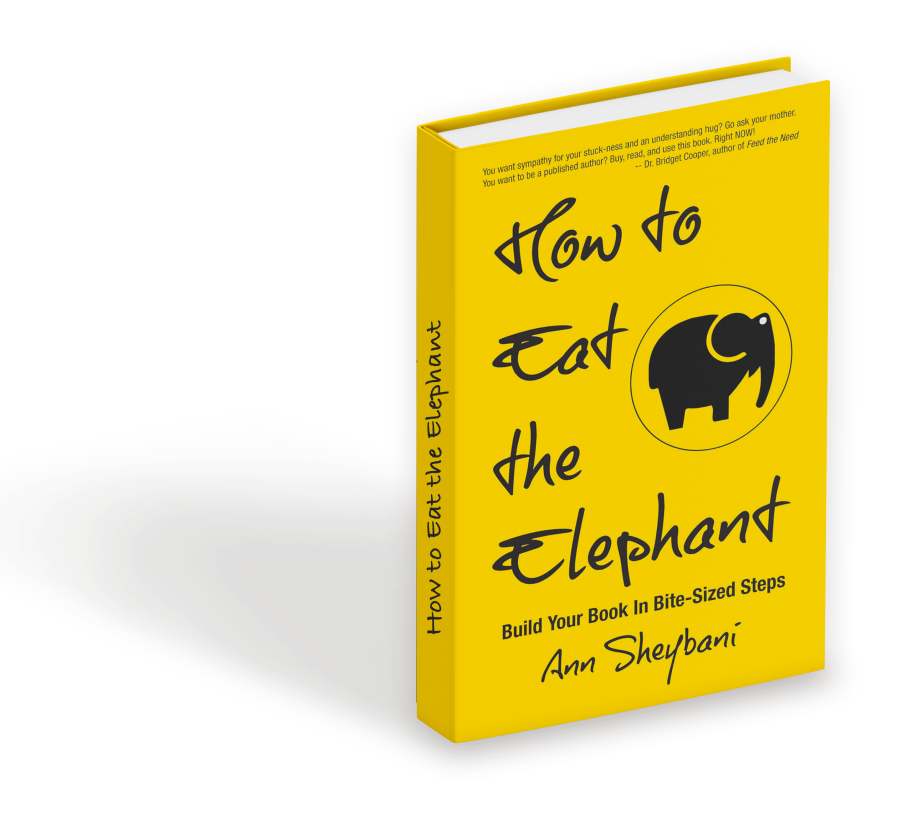When I was conducting writing workshops at East Hill, each year I would share this craft lesson with the students working on not just novels, but memoirs and short stories. I found this post on line years ago, written by a young woman known then as The Intern, and I think it’s incredibly useful. If you’ve got a manuscript in your hand and can’t figure out what’s working, and what’s not, and why, this is a great way to approach the thing.
When you’re revising a novel, it’s easy to lose objectivity become so delusional you can’t tell if you’ve just created a stinking mountain of goat poop or written the next Grapes of Wrath. Each scene starts to read like a passage in a holy text—or does it just feel that way because you’ve read it so many times the words are looping through your brain like a mantra?
Fear not! INTERN is here to help. Here’s INTERN’s handy guide to figuring out when it’s time to hit the delete key and write that scene again.
- The scene is not really a scene.
Your scene is not a scene if nothing has changed by the end of it.
Your scene is not a scene if there was no internal or external conflict, no matter how subtle.
Your scene is not a scene if you were too timid to let anything dangerous happen.
Your scene is not a scene if you were too cautious to let anything unexpected happen.
Your scene is not a scene if the reader is banging her head against the wall saying “What was the point of that stupid scene?”
Basically, your scene is not a scene.
- The scene doesn’t achieve anything new.
Does your scene introduce important new plot information? How about new emotional information? Are the characters’ relationships developing? Or is this scene just rehashing material you’ve already covered in other scenes? You might have a case of scenis redundanitus (see here for INTERN’s post on that subject). If your scene doesn’t bring anything new to the table, what’s it doing in your story?
- The scene isn’t “worse” enough.
Classic writing advice says “make it worse,” but have you really taken the time to experiment? Here’s a before-and-after shot of a not-worse-enough scene.
Before: Milly and Bob are rookie cops (he’s the responsible, uptight one and she’s the funny badass). Milly’s antics make them twenty minutes late for an important training session. Consequence? They get chewed out by their superior and made to run laps. Big whoop.
After: Milly gambles away their squad car in a poker game. They show up to the training session six hours late and on foot. Sergeant Hardball throws them into a solitary confinement cell together/fires them on the spot/demotes them to the traffic beat/etc.
Obviously, things don’t need to go completely haywire in every single scene—that would be exhausting. But most first drafts err on the side of not worse enough.
- The scene should take place somewhere else.
In Draft One, nine out of ten scenes take place in the same coffee shop. By Draft Two, you’ve realized that it’s actually pretty #%$@ boring when so many scenes take place in the same coffee shop. You rewrite so that some scenes take place on a chair lift, or in Central Park, or in a butterfly conservatory, or on the moon.
- The scene should be combined with another scene.
In Chapter 3, you show a training montage of Sour Mountain High’s inept cheerleading squad struggling to learn a new routine. In Chapter 7, you show the Sour Mountain cheerleading squad struggling to learn the new routine. Both chapters bring something important to the story in terms of plot/character development/theme so you don’t want to cut them, but they’re too similar.
Solution? Try combining those two scenes into one. You’ve heard of combining characters. The same thing can work with scenes that fill the same function (sort of) but have valuable characteristics you’d like to keep.
- The scene is boring.
‘Nuff said.
- The scene belongs in a different novel altogether.
You wrote this really beautiful scene where a wise old man tells the protagonist the story of his life growing up on a farm in Idaho. The story goes on for seven pages and it has all these gorgeous images. The only problem? Your manuscript’s already 100,000 words long, it’s a thriller, and you wrote only the old man’s story ‘cause it was a nice break from all the action-y stuff.
Cut, save, file for future use. Your scene’s not wasted—it just needs the right home.
- You’ve figured out who your characters are.
In Draft One, your characters have a fistfight over the contested ownership of a cheeseburger. By Draft Two, you’ve realized your characters are vegans trained in Non-Violent Communication. That cheeseburger scene in Draft One? It happened to different people.
- You’re just filling time.
In Draft One, you account for every minute in your characters’ lives. Big scenes in which your characters experience major conflict are strung together with long, creaky suspension bridges of little scenes showing what happens in the meantime (vacuuming, taking a shower, going for a walk, etc.)
Do we need to know what happens “in the meantime”? Sometimes yes. Sometimes no. Sometimes those details are more necessary at the beginning of the story than in the middle or near the end. But if all your scene does is act as a bridge to a scene that’s actually important, it’s probably time to rewrite.
- You can write a better one.
In Draft One, you were an Adverb Queen with a flair for lengthy descriptions of your main character’s “pale and luminous aquamarine-hazel eyes”. By Draft Two, you’ve leveled up—way up. Just looking at your old scenes makes you want to barf. Congratulations! Aren’t you glad you decided to wait a month before sending this old barf bag around to agents? Now that you’re a better writer, you can write the rich, tense, beautiful scenes you meant to write all along.


